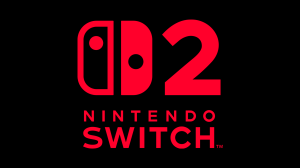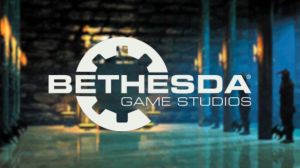There’s something about Severance that resists traditional TV formulas. Maybe it’s the careful balance between the strange and the ordinary, or the way the series turns corporate spaces into the perfect setting for psychological and existential tension. The show has truly become a landmark of contemporary scifi by exploring – with almost unsettling originality – what happens when we completely separate who we are at work from who we are outside of it. And throughout its two (so far) remarkably creative seasons, a few moments have stood out not just for their impact on the story, but for the boldness of the writing.
Videos by ComicBook.com
Severance has a rare ability to take small, curious details and elevate them into symbols of something far greater – and it does so with striking precision. It’s that kind of brilliance that draws us in and transforms what, in another show, might seem merely odd into something deeply memorable. Here are 5 great moments that only Severance could deliver with such intelligence and skill. Naturally, spoilers ahead.
1) Milchick’s Performance in the Music Dance Experience
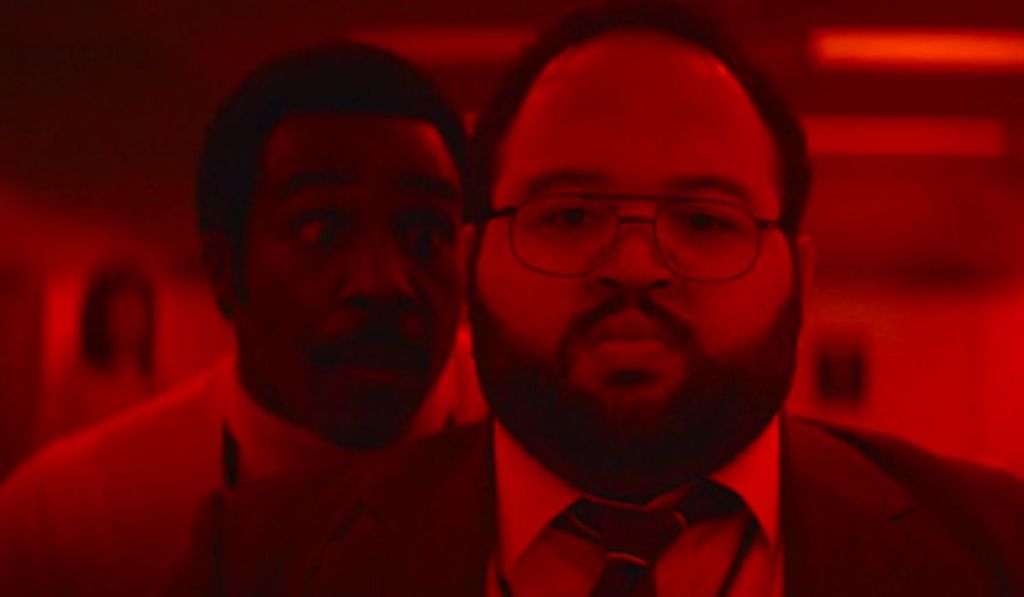
Mr. Milchick (Tramell Tillman) is easily one of the most intriguing characters in Severance. His performance during the Music Dance Experience in Episode 7 of Season 1 is one of the show’s most iconic moments – and arguably one of the greatest TV scenes of the decade. The character presents the MDR employees with a corporate “reward,” a dance session set to the music of Helly R.’s choosing (“Defiant Jazz”), complete with strobe lights and maracas. But what begins as a motivational gesture quickly turns into a deeply unsettling performance, exposing the layers of manipulation and emotional control exercised by Lumon. The entire scene is carefully built to reach a point of overwhelming tension, ultimately exploding in Dylan’s (Zach Cherry) emotional outburst.
What truly makes this scene resonate is its symbolism. Jazz, typically associated with spontaneity and freedom, is starkly contrasted with Lumon’s rigid and oppressive environment. This dissonance is only heightened by Milchick’s performance – his exaggerated cheerfulness creating an atmosphere that’s more disturbing than uplifting. What’s meant to appear fun is clearly not, and viewers are left with a creeping sense of unease, aware that something is about to go very wrong. It’s the kind of meticulously crafted moment that takes something seemingly small and turns it into a sharp, unforgettable critique.
[RELATED: 7 Must-See TV Shows If You Loved Severance]
2) Helly R.’s Revelation to the Innies
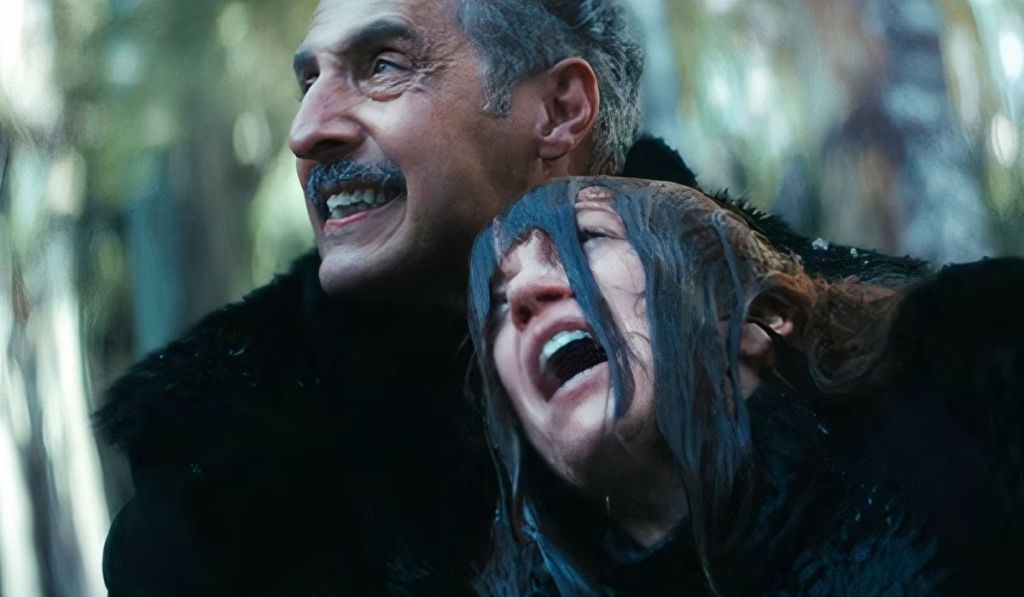
If there’s a moment in Severance that encapsulates the existential horror of being reduced to a cog in a corporate machine, it’s the revelation that Helly R. (Britt Lower) is, in fact, Lumon’s heir, Helena Eagan. However, long after the audience learned it in the Season 1 finale, the innies only officially discover this in Episode 4 of Season 2. In it, the MDR group attends a snowy retreat, and amid an environment that initially suggests relaxation and bonding, what unfolds is an oppressive and increasingly paranoid atmosphere. Irving (John Turturro) is the only one who suspects Helly, but in this episode, he completely loses his grip.
But the power of the scene lies not just in the shock of the revelation, but in what it represents. Helly, who had been seen as the most rebellious and critical member of Lumon, is unmasked as the centerpiece of its structure. The confrontation with Irving stands out because it symbolizes, more than ever, how real the bonds between the innies have become – even within an artificially fragmented reality. From a writing standpoint, the snow surrounding them and the literal coldness of the scene amplify the sense of isolation and helplessness – an effect only possible because Severance masterfully balances atmosphere, emotion, and social critique like few other shows can.
3) The Waffle Party
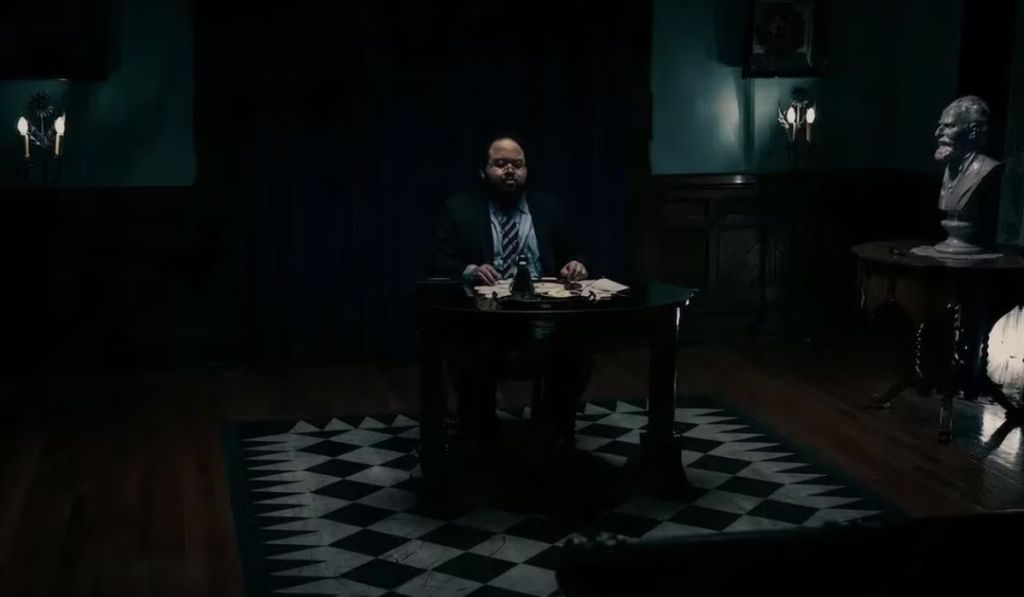
It’s hard to forget the first time you watch the Waffle Party. In Season 1 Episode 8, Severance delivers one of its most bizarre and deeply symbolic moments – one that begins with waffles and ends in a ritualistic performance straight out of a nightmare. When Dylan is awarded Refiner of the Quarter, he’s led to an exclusive experience in the Perpetuity Wing. What follows is a perfect space where Dylan eats the waffles alone before putting on a mask bearing the face of the company’s founder, Kier Eagan. From there, the experience morphs into a strange choreography performed by four masked figures representing the Four Tempers from Kier’s philosophy.
The contrast between the apparent sensuality of the dance and the static, empty gaze of the character behind Kier’s mask is deeply unsettling. There’s no joy, no sense of release – only a hollow ritual that embodies Lumon’s dehumanizing logic. This moment is pure Severance: what could have been just a quirky detail becomes a mirror of corporate control and brainwashing. It’s a scene that speaks volumes without a single line of dialogue, guided only by symbols, music, and the surreal choreography of absurdity.
4) The Talk Between Innie Mark and Outie Mark

In a series that revolves around the radical split between personal and professional identity, the audience waits for the moment when Mark (Adam Scott) will finally gain access to his two versions. The conversation between Innie Mark and Outie Mark in the final episode of Season 2 delivers a moment of deep introspection and existential confrontation when he finally establishes this communication through an exchange of video messages. In a remote cabin, the two versions of the protagonist have the chance, for the first time, to talk directly to each other and try to understand each other. The result, however, is as sensitive as it is disastrous and even reflective.
One’s speech is a mixture of regret and self-pity, revealing that, for him, Innie Mark was just a tool to endure life. But Innie Mark, in response, shows that he has become much more than that: He is a person, with memories, feelings, and a constructed identity. At first, this moment is very delicate, with meaningful silences to highlight an epiphany that affects even the viewer. But as it progresses, the tension increases because there is a divergence of opinions where both versions are right in what they believe. It’s one of the few scenes in Severance where emotion is allowed to override aesthetic and narrative control – and that is exactly why it resonates so deeply. Here, the show proves its commitment to its philosophy in a very powerful and interesting way.
5) Inside the Goat Room
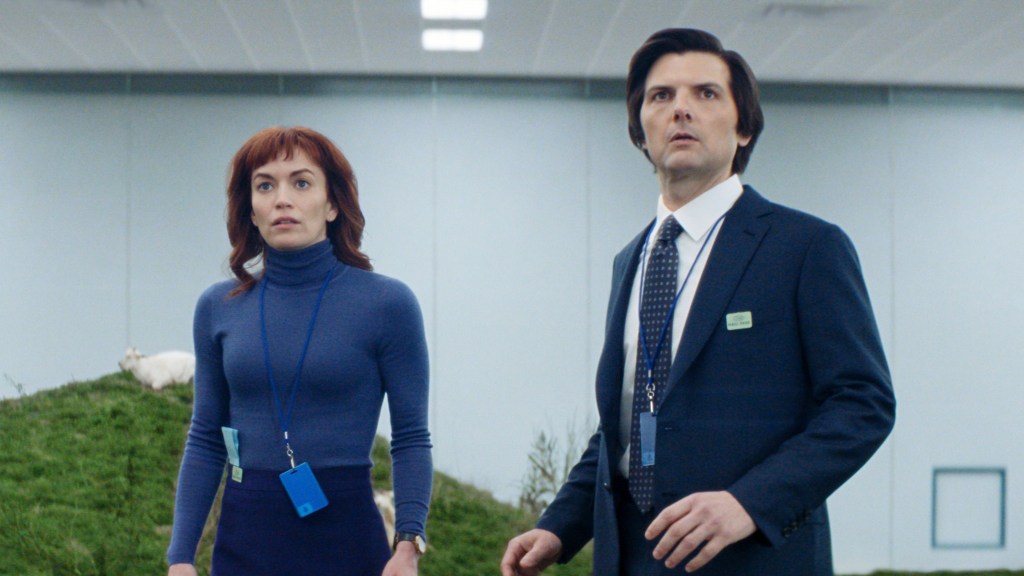
One of Severance‘s biggest secrets for a long time was the Goat Room, but no revelation in the series has come close to it. In Season 2 Episode 3, a space that seems completely out of place within the coldness of Lumon appears: a green pasture where dozens of goats live under the care of several severed employees, led by the mysterious Lorne (Gwendoline Christie). This area, officially called the Department of Mammalian Nurturability, brings to light an almost religious ritual within the company structure that challenges both the logic and morality of the characters – and the viewer. The way this unfolds is wildly creative.
The symbolism of the Goat Room goes far beyond simple strangeness. The goats are not just farm animals; they serve as instruments of a system that involves sacrifice, corporate spirituality, and psychological control. The scene reveals the extent to which Lumon is willing to transcend mental manipulation – even embracing rituals that border on the mystical in its effort to maintain internal order and perpetuate its power. Ultimately, the almost affectionate relationship employees develop with the goats serves to show that even in an environment where people are fragmented, there is still room for connection (even though it’s mediated by a deeply disturbing context).
Severance is available to stream on Apple TV+.


